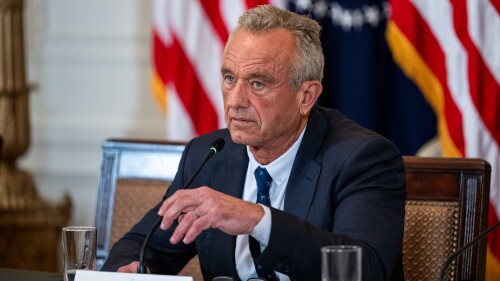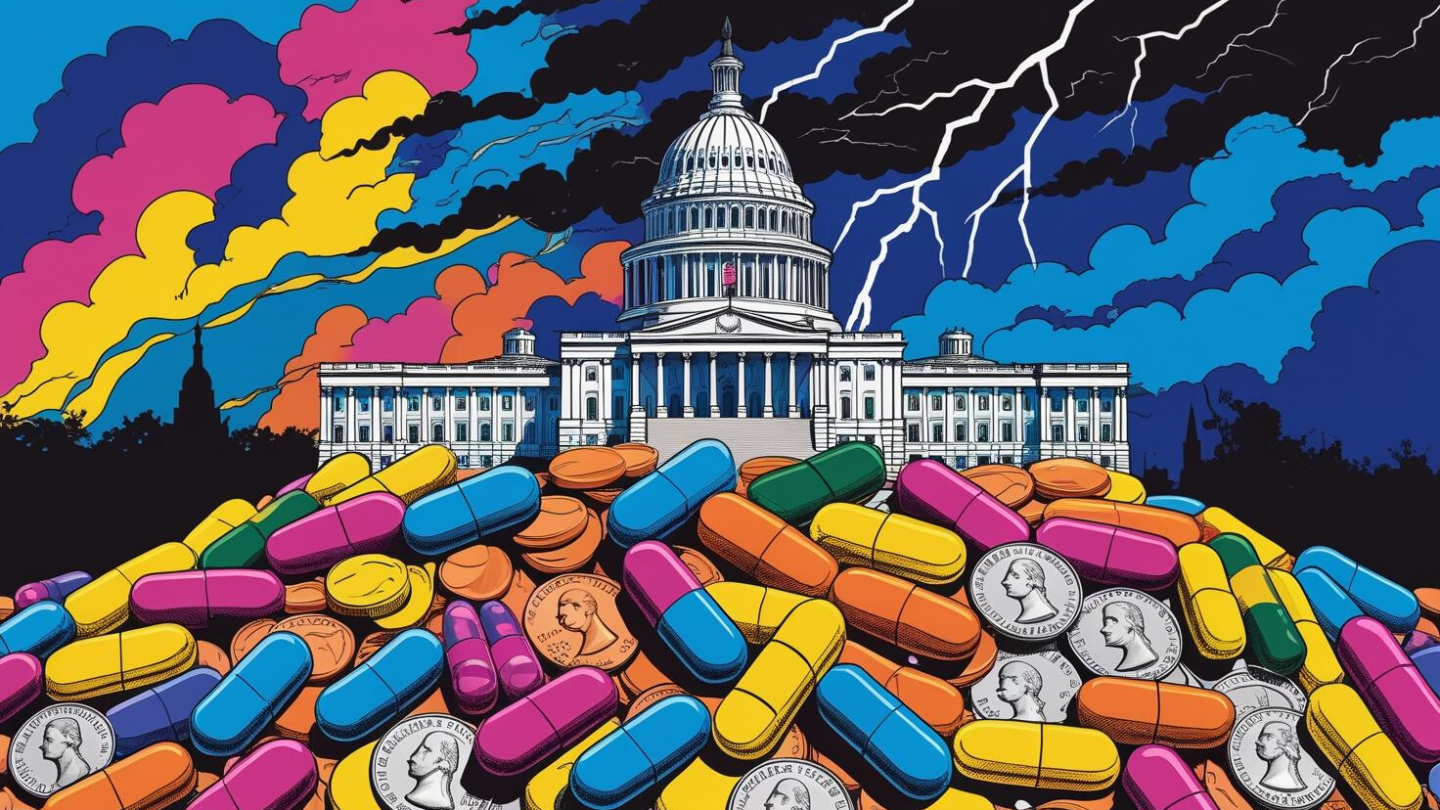News
President Donald Trump plans to start with a “small tariff” on pharmaceutical imports before ramping duties up to 250% within a year and a half.
FEATURED STORIES
As obesity drug developers compete for the highest weight-loss efficacy, experts contend that overall health outcomes—evidenced by successful studies in therapeutic areas like cardiovascular and sleep apnea—may prove a greater market advantage.
Facing declining valuations and funding challenges, public biotechs like bluebird bio are going private to restructure, reduce regulatory burdens and refocus on long-term growth.
Johnson & Johnson has been fighting thousands of lawsuits over its now-discontinued talc products for 16 years. A pending judge’s ruling could finally put the issue to bed once and for all.
Job Trends
Sutro Biopharma, Inc. announced that Bill Newell, Chief Executive Officer, will participate in three upcoming investor conferences.
FROM OUR EDITORS
Read our takes on the biggest stories happening in the industry.
Unpredictable communication and a lack of transparency are eroding the industry’s and the public’s trust. The FDA, experts agree, needs to take control of the narrative.
THE LATEST
In May, Revolution Medicines projected its cash and equivalents of $2.1 billion would last into the second half of 2027. With new funding from Royalty Pharma, the biotech has withdrawn that runway end date.
The star of Monday’s deal is gusacitinib, a small-molecule drug that Formation is developing for chronic hand eczema. Sanofi will explore additional indications for gusacitinib in a Phase I study.
Eli Lilly’s bimagrumab led to weight loss that was due almost entirely to fat reduction when combined with semaglutide, marketed by rival Novo Nordisk as Wegovy. BMO Capital Markets called the data “impressive” while raising concerns about the antibody’s safety profile.
Drug pricing, budget cuts, tariffs and other shifts under the Trump administration undermine the biopharma and healthcare ecosystem.
Speaking at BIO2025, rare disease leaders from Ultragenyx, Amylyx and Yale questioned the need for the new regulatory pathway proposed by FDA Commissioner Marty Makary. They acknowledged, however, that creative thinking is required to enable more treatments for patients with ultrarare diseases.
Jacqueline Corrigan-Curay, who stepped into the role as the agency’s top drug regulator in January, is departing in July, according to an email sent to agency staff.
While Eli Lilly brushed off concerns about gastrointestinal side effects for oral weight loss candidate orforglipron, analysts from William Blair worried that adverse events are not tapering off as expected.
In combination with Roche’s PD-L1 blocker Tecentriq, zanzalintinib bested Bayer’s Stivarga. Exelixis is positioning the drug candidate as a successor to cabozantinib, which is set to lose patent exclusivity in 2030.
After consistently failing to meet investor expectations, Novo Nordisk touted a safety profile for CagriSema in line with the GLP1-RA class, while reporting mid-stage data for its GLP1- and amylin-targeting drug amycretin that raised dosing questions.
Although the company withheld detailed findings from the study of treatment-resistant depression, analysts at Stifel called COMP360’s efficacy “more than good enough” for registrational purposes.

















